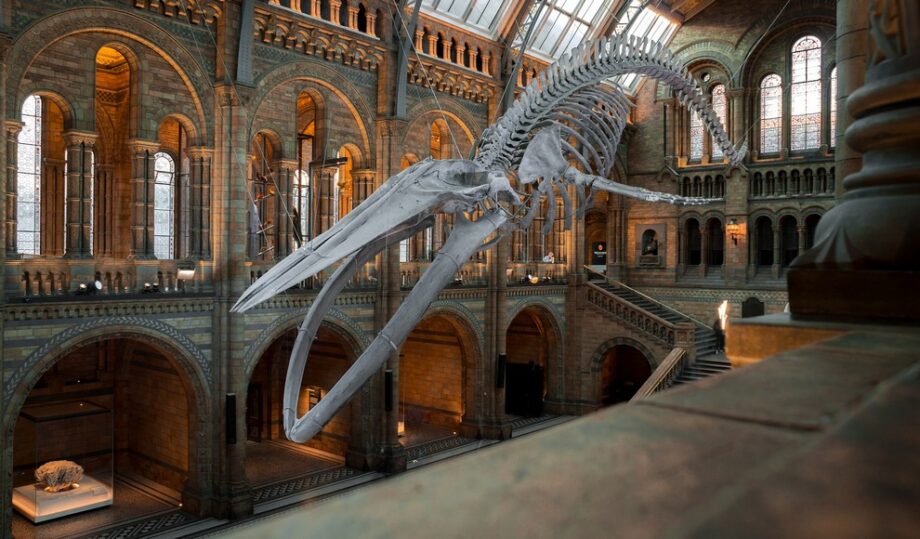It is a large scientific organization, important not only for California, but for the entire country. The California Academy of Sciences is primarily one of the world’s largest natural history museums. This important San Francisco museum is located in the Golden Gate Park, located in the western part of the city, along the strait of the same name. The mission of the museum is to educate people through exhibitions, visual displays and scientific research.
The California Academy of Sciences is one of the most visited museums in San Francisco, annually over one million people get acquainted with its exposition, both ordinary tourists and professionals in the field of natural sciences, who participate in major research conferences held by the museum every year.
The California Academy of Sciences has about 38 thousand items in its funds – dinosaur skeletons, stuffed rare species of animals, as well as living creatures
The California Academy of Sciences began operations in 1853 with the establishment of the first such museum on the west coast of the United States of America. At that time, the museum was located on the territory of the present area of China Town. Over time, the museum has expanded significantly and moved to a much larger building, on one of the central, city streets – Market Street.
The earthquake and the ensuing large city fire of 1906 destroyed many buildings in San Francisco. The California Academy of Sciences was no exception, at that time the museum lost a large number of its funds, which took more than 10 subsequent years to recover.
In 1916, when the museum’s collections grew significantly, it was decided to move to the Mammals and Birds Hall, the exposition of which was located separately from the main museum building, in the Golden Gate Park, next to the Japanese Tea Garden. In subsequent years, the territory of the museum in the new place gradually expanded, new halls were completed.
After another earthquake in 1989, it was decided to start construction of the last and largest building of the museum, which was opened in 2008 and united within its walls a large library, a city planetarium, a botanical garden and a cinema.
The main difference between the new building of the museum is a huge track with a real garden located on its roof. When creating the project, the Italian architect Renzo Piano wanted to move away from the classical rules and traditions and do something that had not previously been found in large architectural projects.
